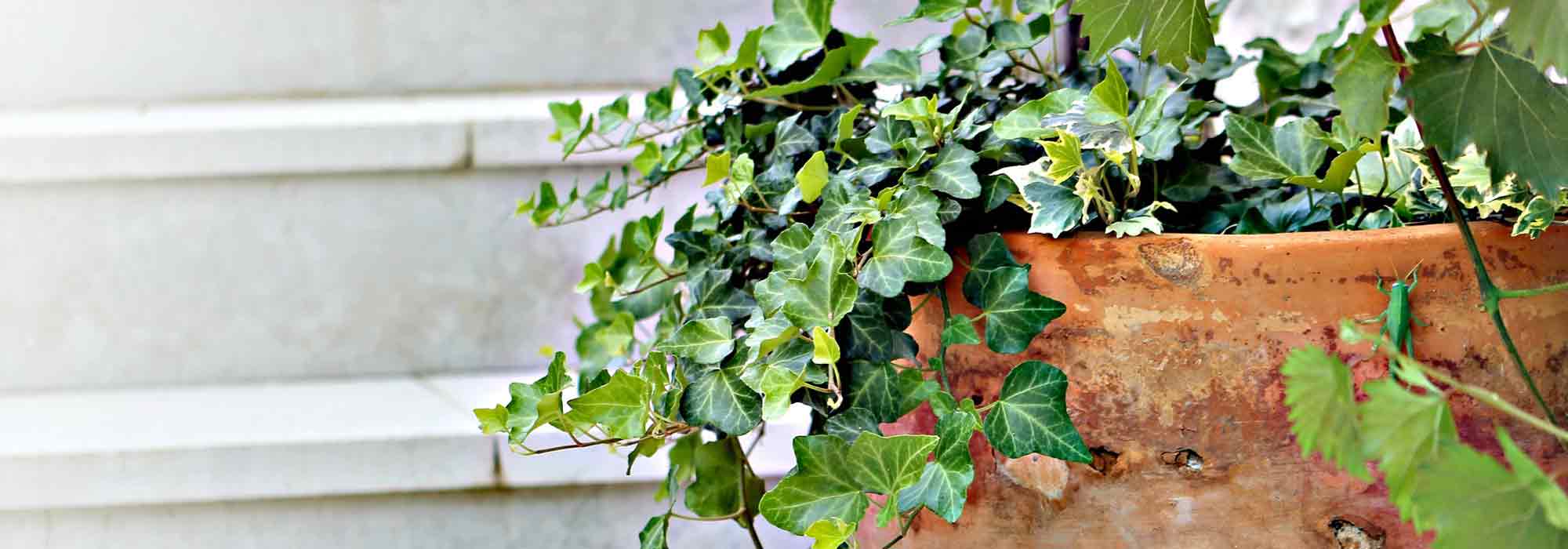
Potted plants: what is top-dressing?
When, how and why to top dress a potted plant?
Contents
In certain circumstances, top-dressing is the most effective substitute for repotting. A single alternative that is very easy to implement and which requires little effort, provided you know when and how to proceed. So here are all the answers to the questions you have about top-dressing potted plants!
What is top-dressing for a potted plant?
Top-dressing is a technique much easier to undertake than repotting.
It involves, in fact, replacing simply the top 4 to 5 centimetres of substrate, without unearthing the pot’s rootball.
This operation enriches the substrate and therefore stimulates the growth of the plant by adding a new layer of organic matter and soil, without the need to replace the pot, nor even to handle the plant.
Read also
10 dwarf fruit trees to grow in potsWhen should you top-dress?
Topdressing is generally chosen for a potted plant when its container is too heavy and cumbersome to be moved easily. Large specimens grown in big containers, such as orangery plants, are particularly difficult to shift because of their weight. Climbing plants tied to a trellis or wall also make repotting very tricky.
Similarly, topdressing is essential for certain plants that prefer to remain cramped in their pot, so they can flower more abundantly. If these plants do not need a new pot every year, adding nutrients remains essential. Topdressing also helps protect roots at the surface.
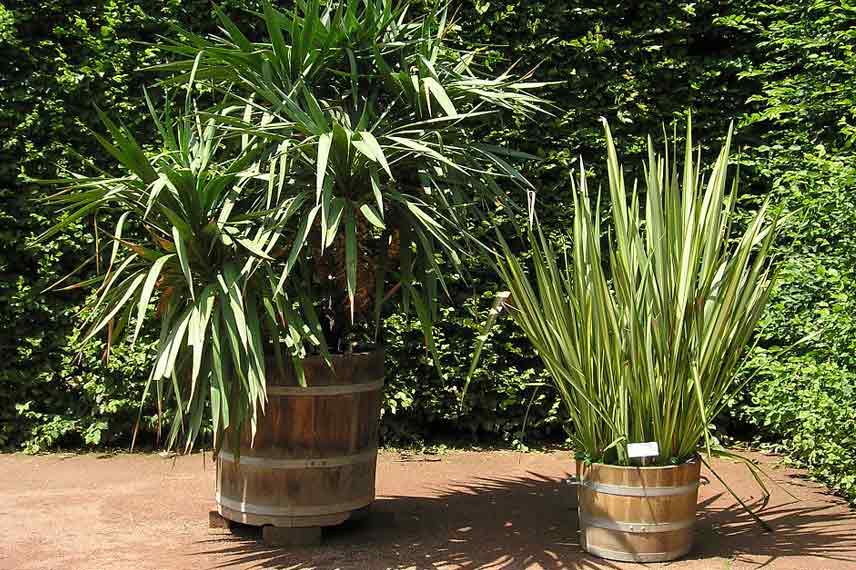
Yucca © Maja Dumat – Flickr
Among the plants that can be topdressed are notably:
- flowering plants such as oleander and bougainvilleas;
- palms such as Phoenix;
- houseplants such as philodendrons and yucca…
This technique is also much appreciated by apartment gardeners. In such cases, handling pots, storing potting compost, and disposing of waste are more complex than in a garden. Topdressing reduces these handling efforts.
Finally, the procedure is better suited to older people and those with reduced mobility, who can carry out topdressing independently.
When to top-dress a potted plant?
Top-dressing of a potted plant is best carried out at the resumption of growth.
In most cases, top-dressing is therefore carried out in spring. By doing so, the new substrate supplies the plant with the nutrients required for a successful resumption of growth.
However, winter-flowering plants (Camellia sasanqua, mimosas…) should be top-dressed in autumn to support the upcoming flowering.
Read also
Potted camellia: choose, plant and growHow to top-dress a potted plant?
Top-dressing is an easy task to carry out and presents no major technical difficulties.
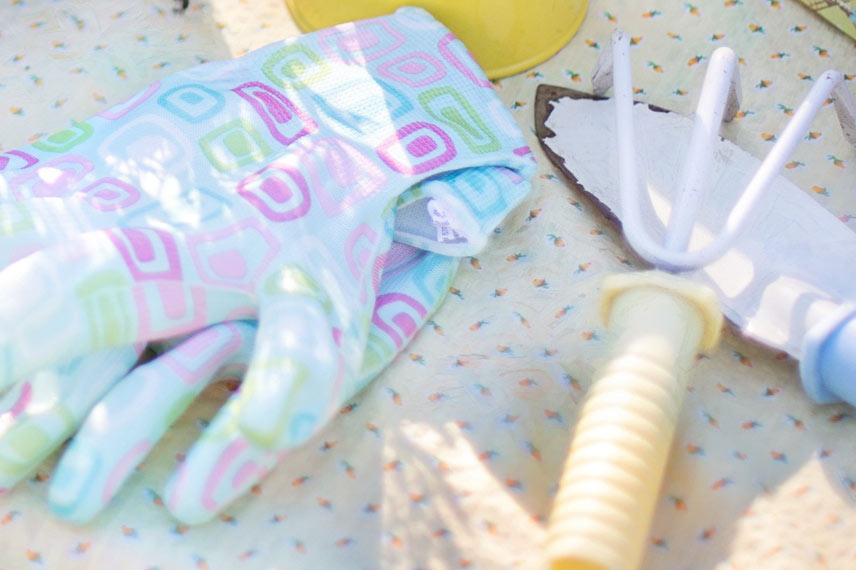
- Scrape away substrate to a depth of 4–5 cm using a hand fork, and remove it from the pot. Take care to proceed gently so as not to damage roots and radicles of your potted plant.
- Replace the surface substrate with fresh potting compost enriched with well-rotted compost.
- Water thoroughly so as to settle the new substrate well into the pot.
- If your potted plants are outdoors, feel free to apply a layer of mulch around the base to help retain soil moisture.
Can top dressing replace repotting?
People generally only top-dress plants that cannot be repotted. Unlike repotting, top-dressing only offers a superficial renewal of substrate. Repotting therefore remains preferable as it allows substrate to be renewed entirely and a larger pot to be chosen to let the plant spread.
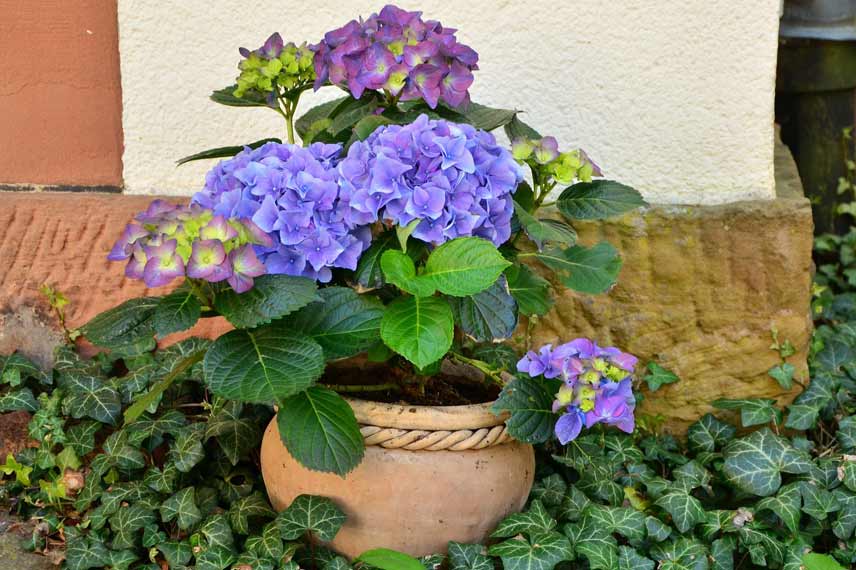
However, top-dressing can be sufficient as long as pot size still suits the plant. Thus, adding a layer of rich substrate on the surface once or twice a year allows the plant to persist for at least four years without needing to be repotted. Provided, however, that it is a plant with very slow growth.
Conversely, plants with rapid growth (especially those with taproots) need more space to develop and cannot be sustained by top-dressing alone. Indeed, their root system is likely to overflow the pot, or even cause it to burst.
To learn more
- Discover our tips to learn the key steps to repot a plant properly
- Subscribe!
- Contents
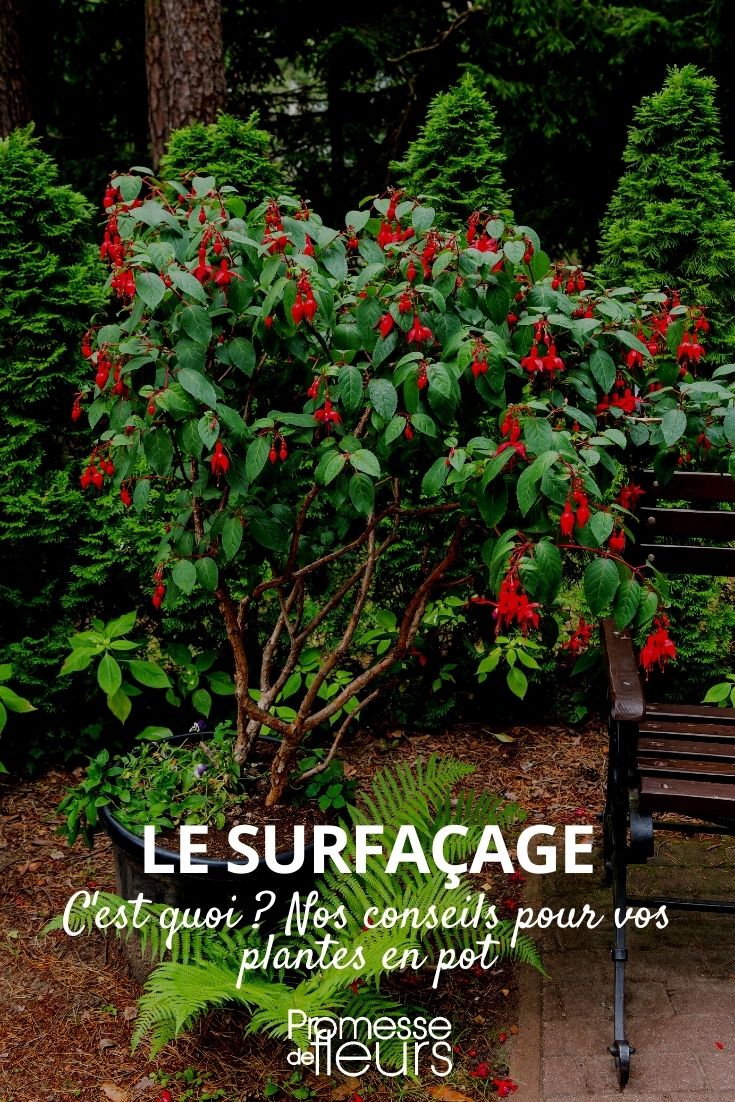































Comments